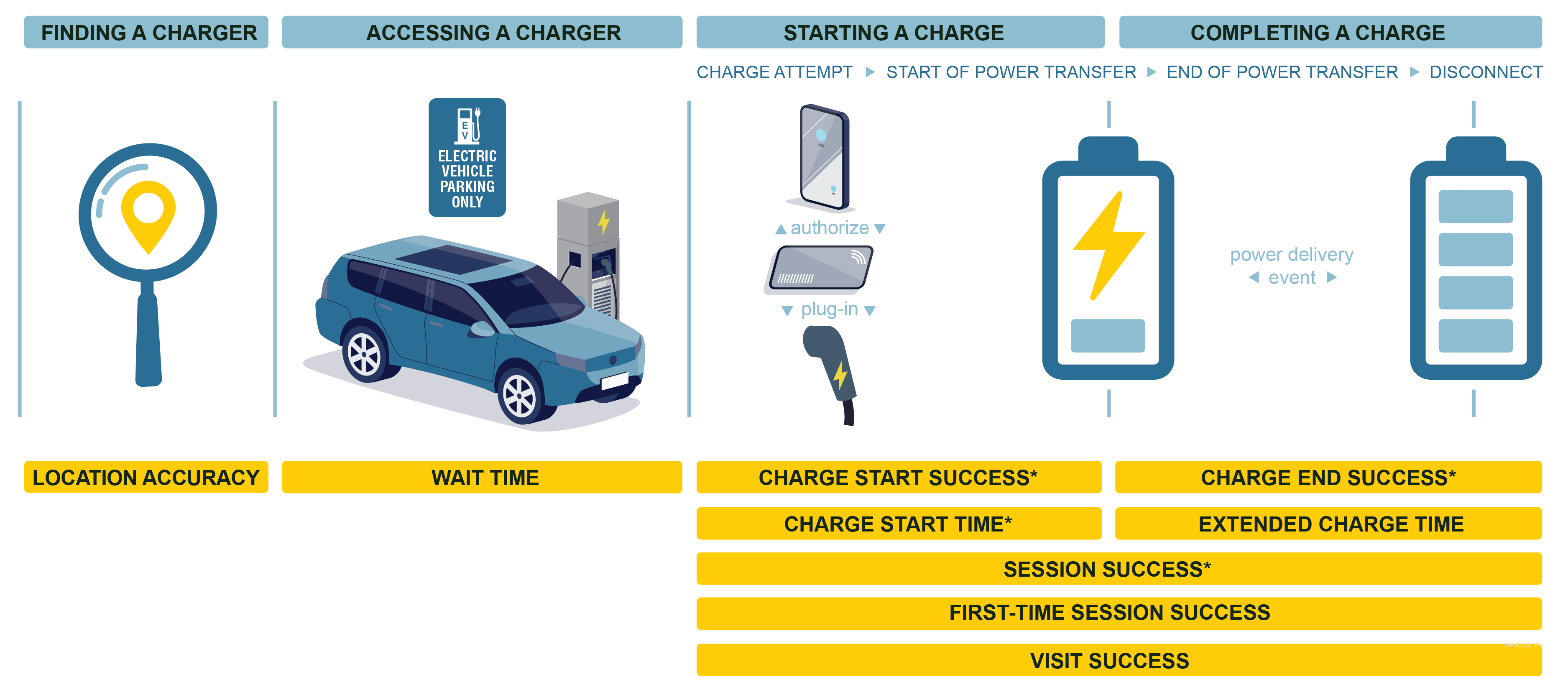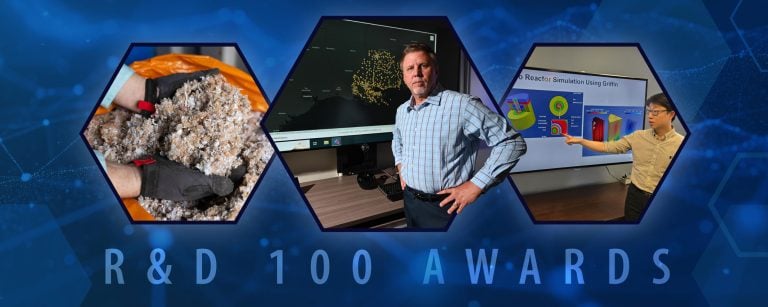A team of electric vehicle (EV) researchers and stakeholders has released recommendations designed to help the industry improve the charging experience for EV owners.
In the new Customer-Focused Key Performance Indicators for Electric Vehicle Charging report, the National Charging Experience Consortium, or ChargeX Consortium, defined two sets of recommended key performance indicators that will help measure the charging experience.
The broad implementation of those key performance indicators provides industry with the basis for common performance targets for EV charging. Currently, the industry lacks common standards to measure the charging experience and existing metrics focus mostly on business operation.
The recommendations are specifically geared toward public charging stations, where EV drivers sometimes encounter problems such as out-of-service chargers, trouble starting charging sessions and slow charging speeds.
The new recommendations will help the industry measure a driver’s experience finding a charger, accessing a charger, and starting and completing a charge.
“Leveraging the wide breadth of expertise in the ChargeX Consortium, we were able to develop these sets of key performance indicators to provide industry with a uniform set of metrics that can quantify the charging experience from the customer perspective,” said Casey Quinn, senior electric vehicle charging infrastructure reliability engineer at Idaho National Laboratory.
To develop these sets of performance indicators, the ChargeX Consortium first identified six key components that represent major steps EV drivers take or experience to charge their vehicles at public stations: finding a charger, accessing a charger, starting a charge, completing a charge, getting help, and feeling safe and comfortable. Then, the team listed and ranked common problems that customers experience and created or adapted key performance indicators to address the highest-ranked challenges.
The report addresses four of those components: finding a charger, accessing a charger, starting a charge and completing a charge. The remaining two components — feeling safe and comfortable, getting help — are better served by best-practice recommendations, the group concluded.
The first set of key performance indicators can be implemented today using data already generated and available to the industry. The second, ideal set of performance indicators provides a more complete measure of the charging experience, but the industry must add or modify existing business practices, technologies and standards to calculate them.
“Since its inception, the EV industry has struggled to ensure that all parties involved, from the driver to the vehicle manufacturer to charger operators, can measure the success of a charging session comparably,” said Jeffrey Samalot, product manager for public networks at Electrify America, who contributed to the study. “ChargeX’s work to standardize these key performance indicators and help align the data streams coming from these disparate groups will be a step forward in ensuring that EV drivers have a great experience.”
Another contributor, Justin Wilson, senior director for regulatory policy and programs at ChargePoint, agreed. “When an EV driver has a good experience at any charging station, it benefits our entire industry,” Wilson said. “We look forward to the continued development of these key performance indicators as the industry continues to innovate to ensure we are delivering a world-class driver experience.”

NEWS MEDIA CONTACTS:
Alexis David, 208-526-7982, [email protected]
Sarah Neumann, 208-520-1651, [email protected]
About ChargeX Consortium
The ChargeX Consortium is collaborative effort between Argonne National Laboratory, Idaho National Laboratory, National Renewable Energy Laboratory, electric vehicle charging industry experts, consumer advocates and other stakeholders. Its mission is to work together to measure and significantly improve public charging reliability and usability by June 2025. For more information, visit chargex.inl.gov







